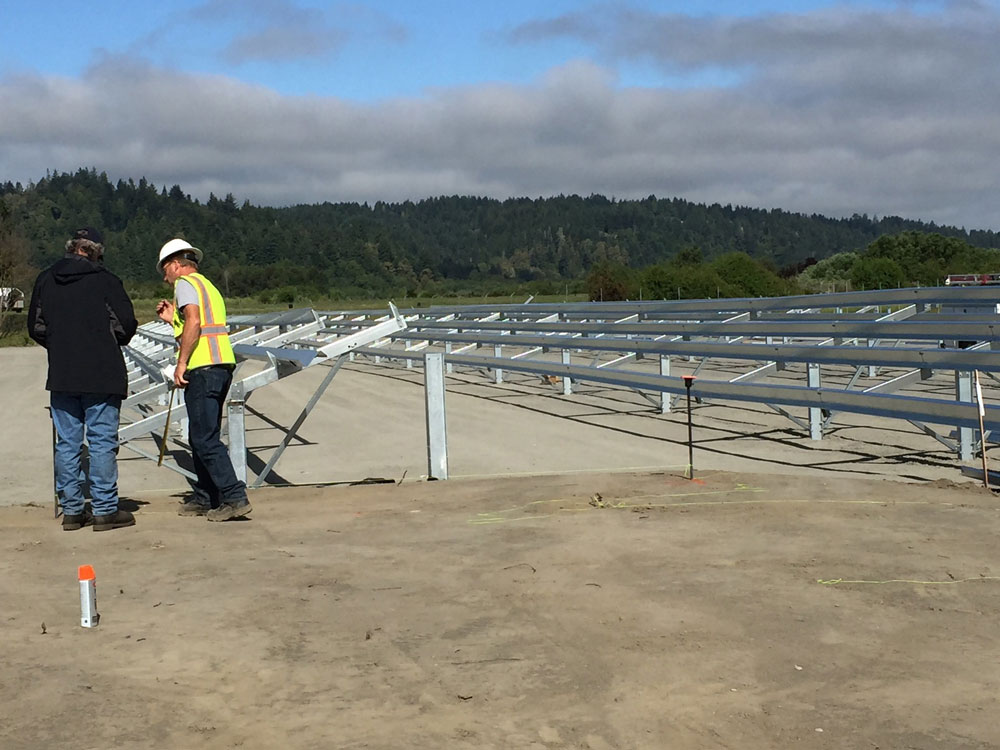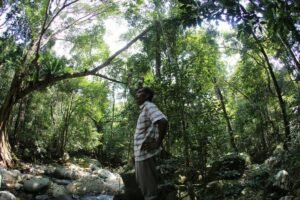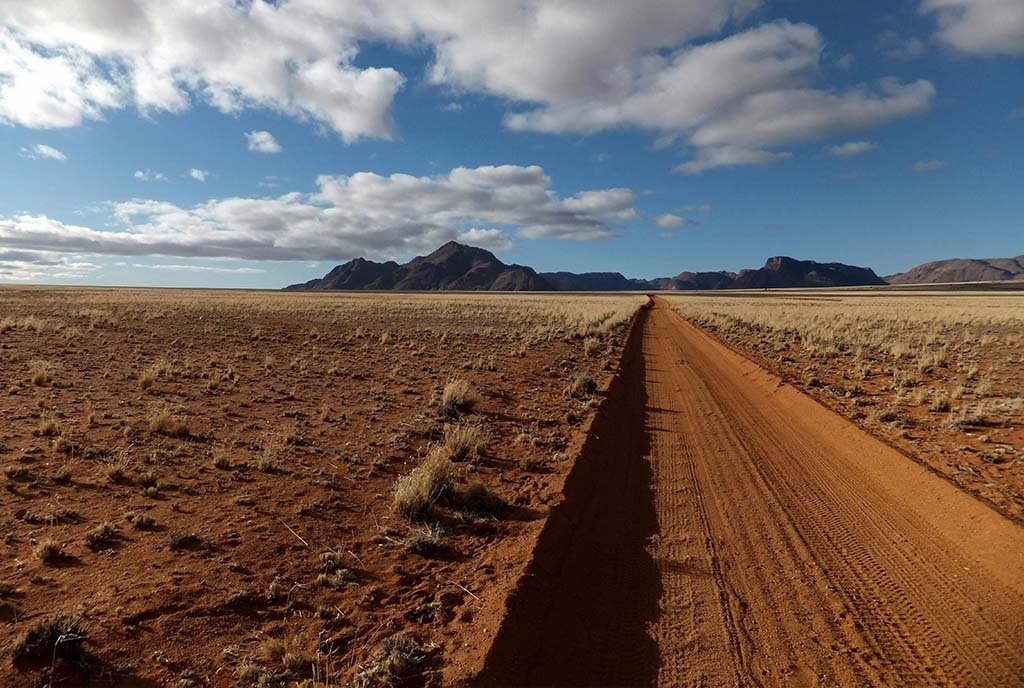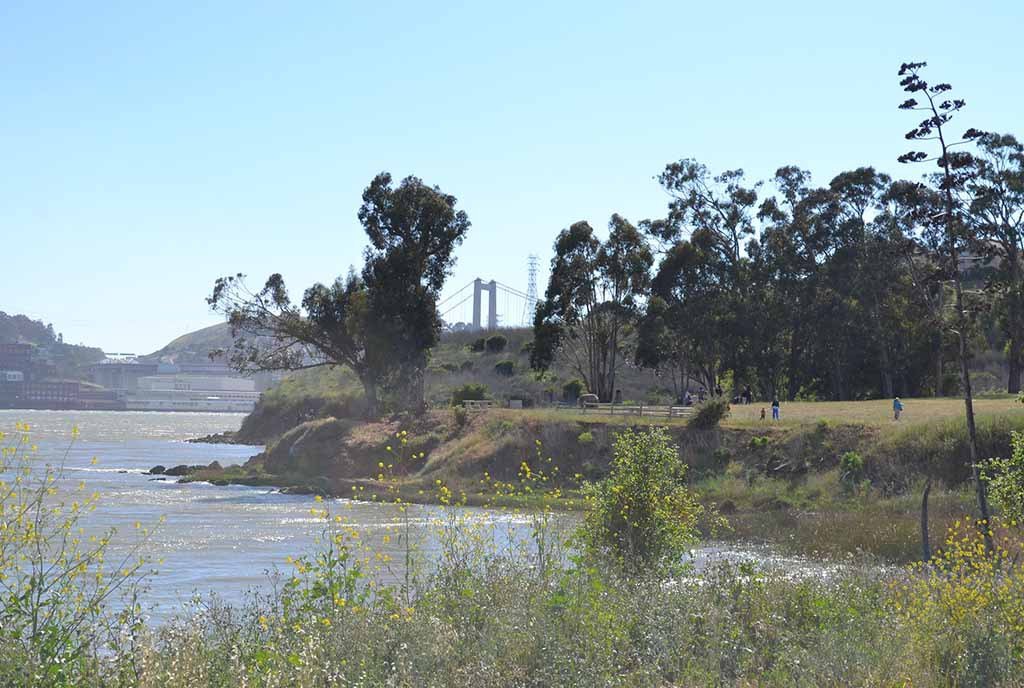
January 1, 2020; Washington Post
In early October, the investor-owned utility Pacific Gas & Electric (PG&E) cut power to more than two million people across Northern California, including residents of rural Humboldt County. Yet, writes Scott Wilson in the Washington Post, “as the region sat in darkness,” the Blue Lake Rancheria tribe was unaffected, because it had developed its own power grid.
The community is small, located about five miles inland from the cities of Eureka and Arcata. Only 50 people are tribal members, and they possess 100 acres of land. But the group is achieving energy independence through the development of renewable energy. As Wilson explains, “The tribe has constructed a microgrid on its 100-acre reservation, a complex of solar panels, storage batteries and distribution lines that operates as part of the broader utility network or completely independent of it.” When PG&E cut power, Blue Lake Rancheria served more than 10,000 people during the day-long outage, roughly eight percent of Humboldt’s population.
Native communities are not the only ones to operate microgrids, which are commonly used by large university campuses, medical centers, and public-safety operations centers. “The idea is simple,” notes Wilson, “Microgrids are connected to the larger utility system when the electricity is on, contributing power in some cases. When there is a power cut, microgrids can…disconnect from the system and use solar-generated energy stored in batteries to operate independently.”
Jason Ramos, a member of the tribal council who ran emergency operations during the blackout, tells Wilson, “When these power cuts started, we looked like geniuses for what we had done. But in truth, we didn’t really see them coming when we made our decision.”
Ramos adds, “For a long time, we have had to rely on ourselves. You couldn’t count on help from the federal or the state government. The sense of tribal sovereignty is strong.”
Sign up for our free newsletters
Subscribe to NPQ's newsletters to have our top stories delivered directly to your inbox.
By signing up, you agree to our privacy policy and terms of use, and to receive messages from NPQ and our partners.
Initially, the Blue Lake Rancheria developed their own power source not because of fire but because of the risk of tsunami. In early March 2011, as an earthquake shook Japan, triggering the Fukushima nuclear power plant shutdown, the force of the quake also created a tsunami that moved across the Pacific Ocean and flooded California’s northern coast, including parts of Humboldt County.
During that time, Blue Lake Rancheria members realized that when residents sought higher ground, many congregated in and around Blue Lake above the flood’s high-water mark.
“The tsunami was really a wake-up call about how people experience a disaster here,” Jana Ganion, the tribe’s energy director, tells Wilson. “We realized that people are going to come here for resources.”
Now, as Wilson details, “solar panels cover two fenced-in acres behind the tribe’s hotel and casino, and stacks of Tesla batteries sit in the shade of the building. Across from the hotel, the tribe is growing its own food in greenhouses. It turns cooking oil from the hotel kitchen into biofuel.”
Ganion estimates that the microgrid has cut carbon emissions of the Blue Lake Rancheria by 200 tons a year. The Blue Lake Rancheria hope to become carbon-neutral over the next decade. In addition, by selling power to the grid, the tribe saves roughly $200,000 a year.
Meanwhile, the Blue Lake Rancheria are looking to expand their self-run utility. The power source for a second microgrid is scheduled to come online soon.—Steve Dubb











